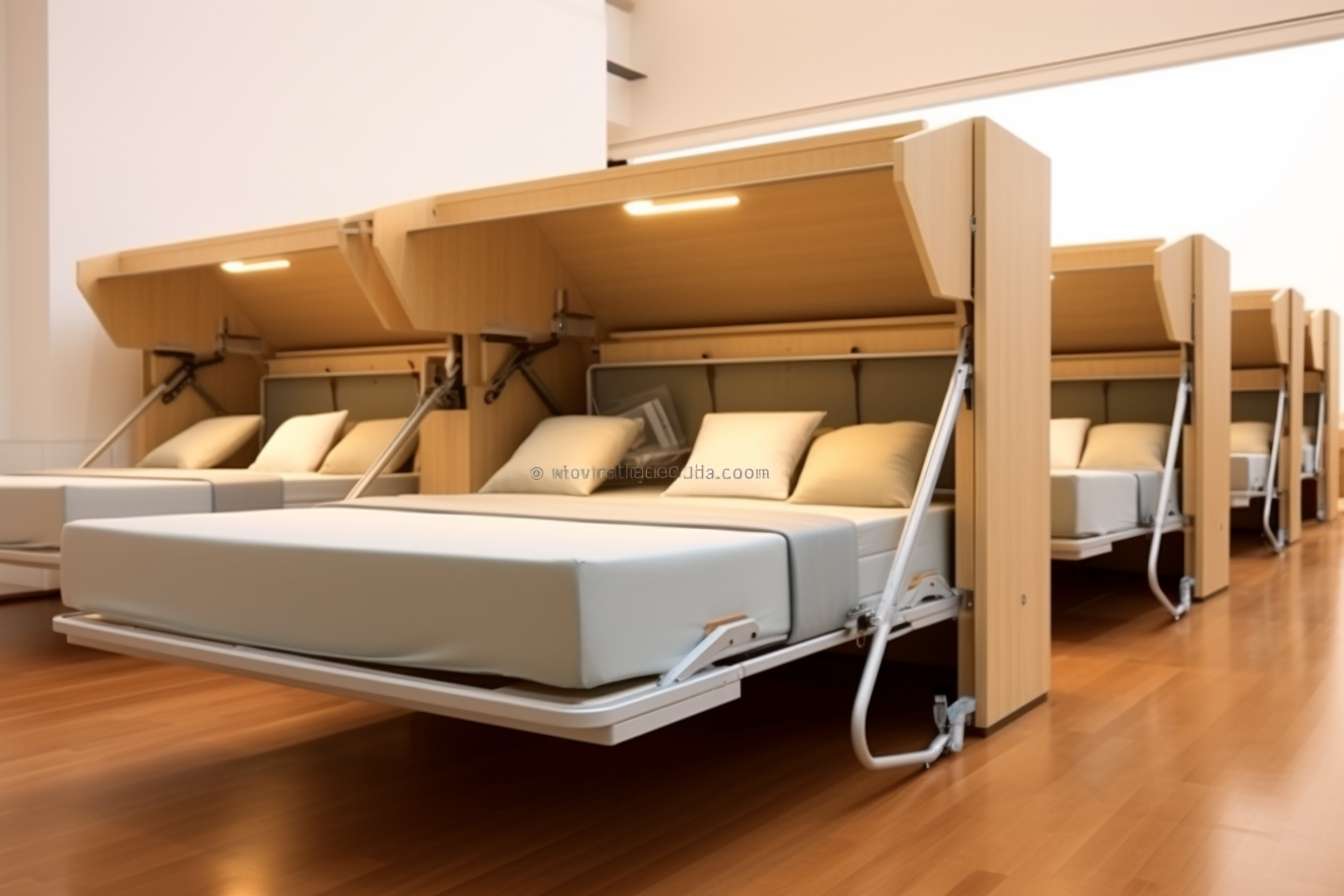Embracing Senior Living: A Comprehensive Guide to Comfort and Care
As we age, our needs and preferences evolve, making it essential to explore senior living options that provide comfort, support, and an enhanced quality of life. This comprehensive guide will help you navigate the world of senior living, from understanding various options to selecting the right community and making informed decisions about care levels and costs.

What are the different senior living options available?
Senior living encompasses a wide range of accommodation and care options designed to cater to the diverse needs of older adults. Here are some of the most common types:
-
Independent Living: Ideal for active seniors who can live on their own but desire a maintenance-free lifestyle and social opportunities.
-
Assisted Living: Provides support with daily activities like medication management, bathing, and dressing, while promoting independence.
-
Memory Care: Specialized care for individuals with Alzheimer’s disease or other forms of dementia, offering a secure environment and tailored programs.
-
Skilled Nursing Facilities: Offer 24/7 medical care for seniors with complex health needs or those recovering from surgery or illness.
-
Continuing Care Retirement Communities (CCRCs): Provide a continuum of care, allowing residents to transition between levels of care as their needs change.
Each option offers unique benefits, and the choice depends on individual preferences, health requirements, and desired level of support.
How do you choose the right senior living community?
Selecting the perfect senior living community is a crucial decision that requires careful consideration. Here are some key factors to keep in mind:
-
Location: Consider proximity to family, friends, and familiar surroundings.
-
Services and Amenities: Evaluate the range of services offered, such as housekeeping, transportation, and dining options.
-
Social Activities: Look for communities that provide engaging social programs and recreational opportunities.
-
Staff Qualifications: Ensure the community employs well-trained and compassionate staff members.
-
Safety and Security: Check for features like emergency response systems and 24/7 staff availability.
-
Cost and Financial Considerations: Understand the pricing structure and what’s included in the monthly fees.
-
Future Care Needs: Consider communities that can accommodate changing health needs over time.
-
Visit and Ask Questions: Schedule tours, talk to residents and staff, and ask about policies and procedures.
By thoroughly researching and visiting potential communities, you can make an informed decision that aligns with your needs and preferences.
What wellness programs enhance life in senior communities?
Senior living communities often offer a variety of wellness programs designed to promote physical, mental, and emotional well-being. Some popular programs include:
-
Fitness Classes: Tailored exercises like chair yoga, water aerobics, and strength training to maintain mobility and balance.
-
Brain Health Activities: Cognitive stimulation through puzzles, games, and educational workshops.
-
Art and Music Therapy: Creative outlets that enhance emotional well-being and self-expression.
-
Nutrition Programs: Healthy meal planning and cooking classes to support overall health.
-
Social Engagement: Group outings, clubs, and events that foster connections and combat isolation.
-
Spiritual and Mindfulness Activities: Meditation, religious services, and discussion groups for spiritual well-being.
-
Lifelong Learning Opportunities: Classes and lectures on various topics to keep minds active and engaged.
-
Intergenerational Programs: Activities that connect seniors with younger generations for mutual benefit.
These programs not only contribute to a higher quality of life but also help seniors maintain their independence and overall health.
What should you know before selecting a two-bedroom senior living option?
Opting for a two-bedroom senior living apartment can offer numerous advantages, but it’s important to consider several factors:
-
Space and Layout: Ensure the layout meets your needs for comfort and accessibility.
-
Cost Considerations: Two-bedroom units typically come at a higher price point.
-
Potential for Companionship: The extra room can accommodate a spouse, family member, or caregiver.
-
Flexibility for Visitors: Additional space allows for comfortable overnight stays for family and friends.
-
Storage Options: Extra room for personal belongings and cherished possessions.
-
Home Office Potential: The second bedroom can serve as a dedicated space for hobbies or work.
-
Future Adaptability: Consider how the space can be modified to accommodate changing needs over time.
-
Community Policies: Understand any restrictions or additional fees associated with two-bedroom units.
By carefully evaluating these aspects, you can determine if a two-bedroom option aligns with your lifestyle and long-term plans.
How do care levels and costs vary in senior living communities?
Understanding care levels and associated costs is crucial when exploring senior living options. Here’s an overview of typical care levels and their cost implications:
| Care Level | Description | Estimated Monthly Cost Range |
|---|---|---|
| Independent Living | Minimal assistance, focus on lifestyle | $1,500 - $4,000 |
| Assisted Living | Help with daily activities | $3,000 - $6,000 |
| Memory Care | Specialized care for cognitive impairments | $4,000 - $8,000 |
| Skilled Nursing | 24/7 medical care | $7,000 - $12,000 |
| Continuing Care Retirement Communities | Variable based on contract type | $3,000 - $10,000+ |
Prices, rates, or cost estimates mentioned in this article are based on the latest available information but may change over time. Independent research is advised before making financial decisions.
Care levels are determined by individual needs and can change over time. Costs typically increase with higher levels of care and may vary based on location, amenities, and specific services provided. It’s important to note that additional fees may apply for specialized services or a la carte options.
When evaluating costs, consider:
-
What’s included in the base price
-
Potential for care level changes and associated cost increases
-
Available financial assistance or insurance coverage
-
Long-term financial planning for extended care needs
By understanding these factors, you can make a more informed decision about the most suitable and financially viable senior living option for you or your loved one.
Senior living offers a spectrum of options designed to enhance the quality of life for older adults. By carefully considering different living arrangements, wellness programs, and care levels, you can find a community that provides the right balance of comfort, support, and engagement. Remember to thoroughly research and visit potential communities to ensure the best fit for your unique needs and preferences.
This article is for informational purposes only and should not be considered medical advice. Please consult a qualified healthcare professional for personalized guidance and treatment.




